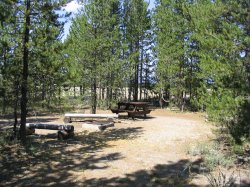
Kit number 72608 became N957RV on Dec 18, 2009. After finishing up a few items on the "to do" list, I couldn't find any more excuses, so I had to fly! My RV-7 has a rebuilt IO-360 and a constant speed Hartzell prop. I painted it with Stewart Systems waterborne paint.

First flight took place at the Arlington airport (KAWO) under 5000 ft ceilings, light mist, no wind, and cool temps.After dialing in the trim, she flew extremely sweet! I couldn't detect any bad habits during the short flight. Being the first flight, I flew 7RV in a NASCAR oval at 4000 ft above the airport. She turns left just fine! Haven't tried to turn right yet! We only got in a couple of laps around the airport before the weather started to become a factor.Landing was a non-event. Final approach at 85mph with flaps down, flare, and "chirp" - I had arrived back at home base! Total flight time - 29 minutes. RV Grin? Yep!

Special thanks to Brian Costello, who walked me through an engine overhaul, and to Frank Melder who bucked rivets, spouted wisdom, hatched some crazy opinions, and flew chase plane, and to Mike Seager who provided 2.7 hrs of transition training in the RV-6 in some of the crappiest weather I ever want to fly in.Thanks also to those who provided encouragement during the process - My wife Kimala, my son Casey, my Dad Norm, Doug Medina, Ken Westlund, Steve Rush, Bob Savage, David Mischke, George Dube and all of the great people in EAA Chap 818, Aircraft Spruce, Avery Tools, and Cleveland Tools.










